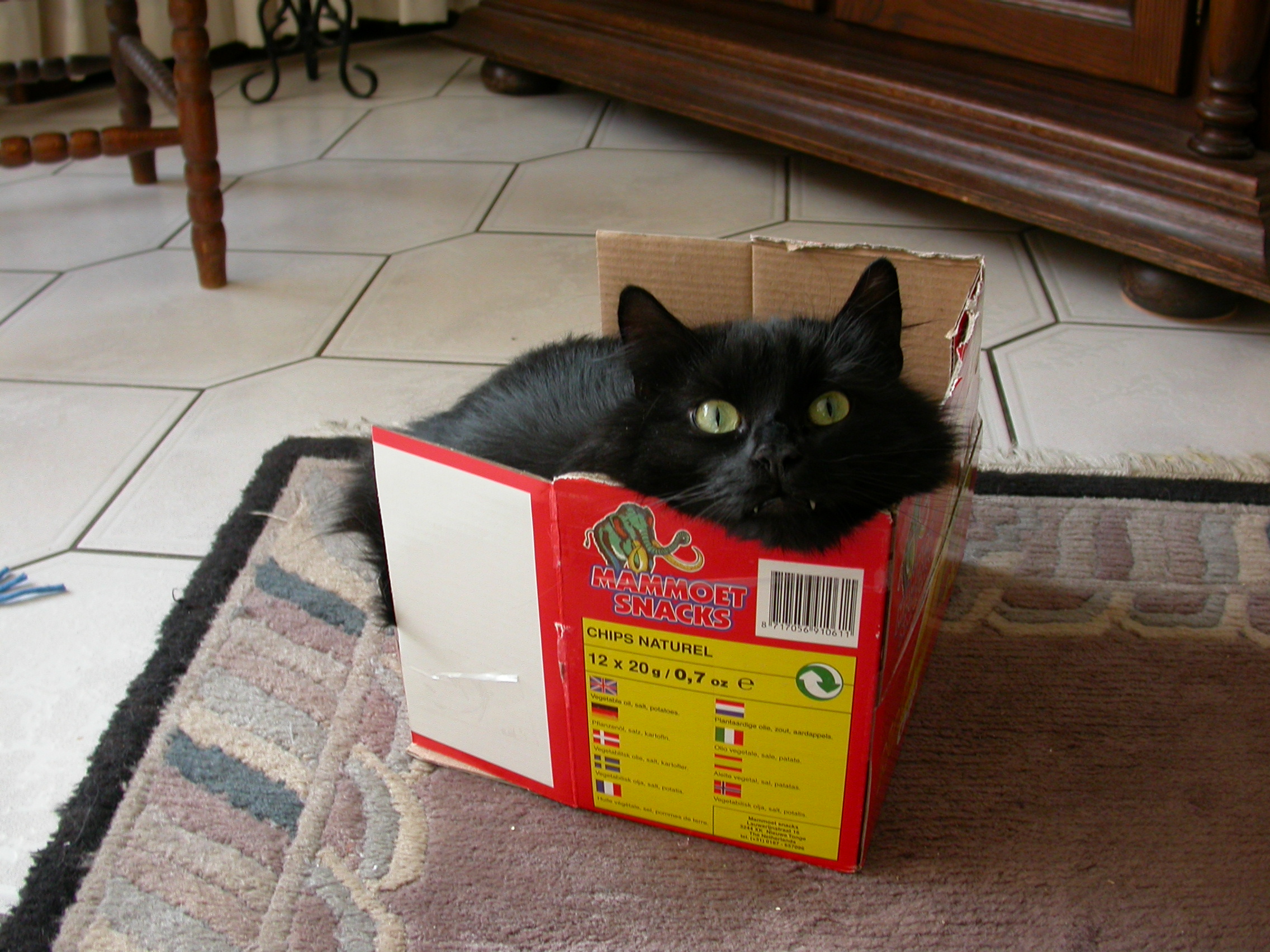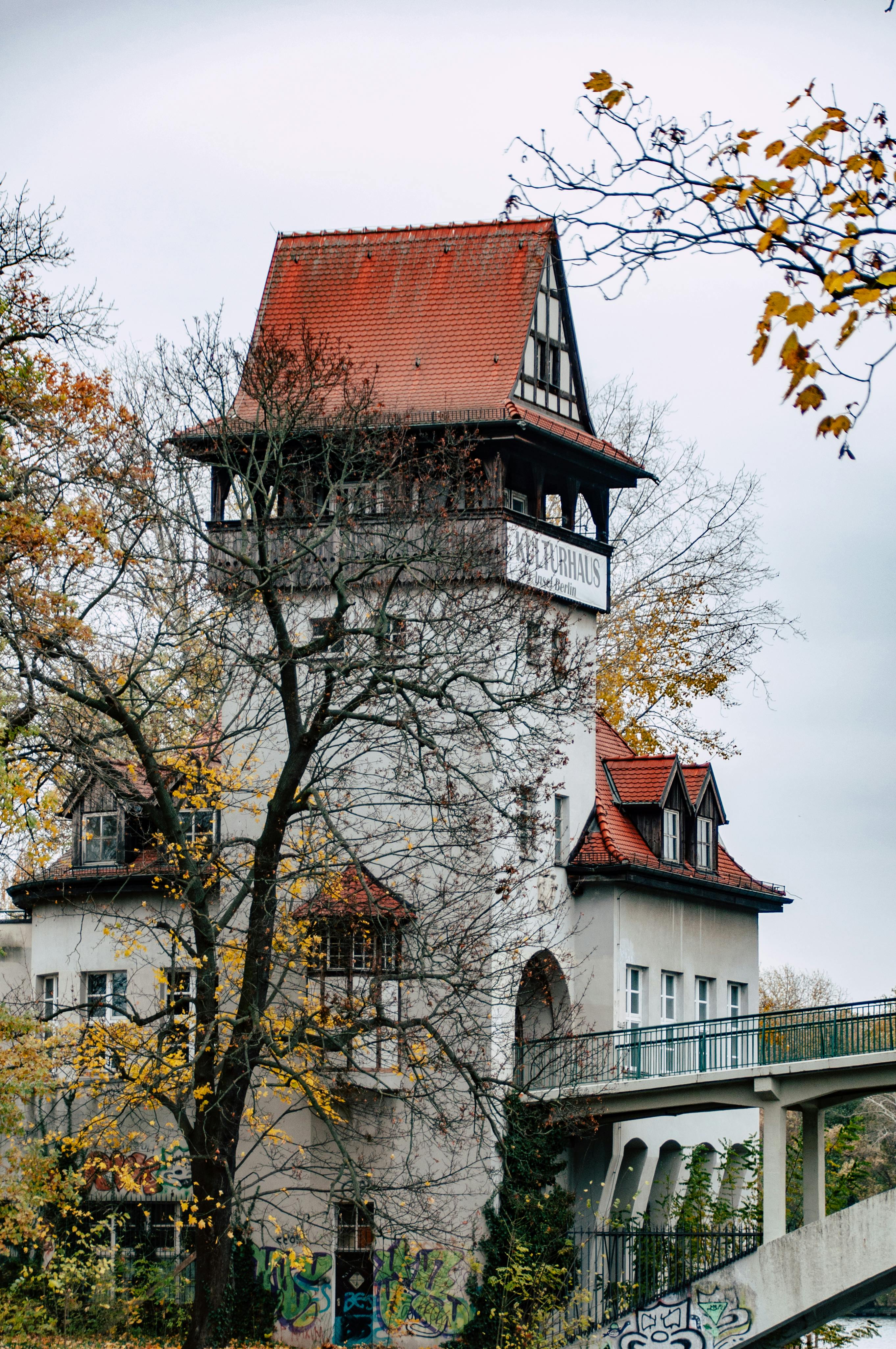 In the course of the Napoleonic Wars, the German battle in opposition to the occupying French forces was significantly symbolised by the colours of black, crimson, and gold, which grew to become standard after their use within the uniforms of the Lützow Free Corps, a volunteer unit of the Prussian Army. The Prussian-Austrian duality inside the Confederation finally led to the Austro-Prussian War in 1866. Through the war, the southern states allied with Austria adopted the black-purple-gold tricolour as their flag, and the 8th German Army Corps also wore black-purple-gold price today armbands. Since the scholars who served within the Lützow Free Corps got here from varied German states, the concept of a unified German state started to realize momentum throughout the Urburschenschaft and similar Burschenschaft that were subsequently formed all through the Confederation. Because the members of this unit got here from throughout Germany and included a modest however well-known variety of university students and teachers, the Lützow Free Corps and their colours gained considerable publicity among the many German individuals. There are a variety of flag-flying days in Germany. Election days for the Bundestag and the European Parliament are also flag days in some states, in addition to different state-particular flag days.
In the course of the Napoleonic Wars, the German battle in opposition to the occupying French forces was significantly symbolised by the colours of black, crimson, and gold, which grew to become standard after their use within the uniforms of the Lützow Free Corps, a volunteer unit of the Prussian Army. The Prussian-Austrian duality inside the Confederation finally led to the Austro-Prussian War in 1866. Through the war, the southern states allied with Austria adopted the black-purple-gold tricolour as their flag, and the 8th German Army Corps also wore black-purple-gold price today armbands. Since the scholars who served within the Lützow Free Corps got here from varied German states, the concept of a unified German state started to realize momentum throughout the Urburschenschaft and similar Burschenschaft that were subsequently formed all through the Confederation. Because the members of this unit got here from throughout Germany and included a modest however well-known variety of university students and teachers, the Lützow Free Corps and their colours gained considerable publicity among the many German individuals. There are a variety of flag-flying days in Germany. Election days for the Bundestag and the European Parliament are also flag days in some states, in addition to different state-particular flag days.
 Only 1 May and three October are public holidays. The change was finished with the introduction of the DM 5, DM 500, and DM one thousand denominations on 27 October 1992. The DM 500, and DM a thousand denominations have been not often seen in circulation on account of worth and all had been introduced in one step. Lau, Mariam (17 October 2018). "Deutschlandfahne: Farbe bekennen". Flags of the World. During the 2006 FIFA World Cup, which happened in Germany and through which the Germany nationwide crew made a deep run into the knockout rounds (being eliminated in the semi-finals by eventual winners Italy), public use of the nationwide flag elevated drastically. At the top of World War II, the primary regulation enacted by the Allied Control Council abolished all Nazi symbols and repealed all related legal guidelines. Allied Control Council (30 August 1945). "Law N° 1 from the Control Council for Germany: Repealing of Nazi Laws".
Only 1 May and three October are public holidays. The change was finished with the introduction of the DM 5, DM 500, and DM one thousand denominations on 27 October 1992. The DM 500, and DM a thousand denominations have been not often seen in circulation on account of worth and all had been introduced in one step. Lau, Mariam (17 October 2018). "Deutschlandfahne: Farbe bekennen". Flags of the World. During the 2006 FIFA World Cup, which happened in Germany and through which the Germany nationwide crew made a deep run into the knockout rounds (being eliminated in the semi-finals by eventual winners Italy), public use of the nationwide flag elevated drastically. At the top of World War II, the primary regulation enacted by the Allied Control Council abolished all Nazi symbols and repealed all related legal guidelines. Allied Control Council (30 August 1945). "Law N° 1 from the Control Council for Germany: Repealing of Nazi Laws".
These states preferred to make use of their own flags. A mark had been the currency of Germany since its unique unification in 1871. Before that point, the completely different German states issued a selection of different currencies, the commonest being the North German thaler and the South German gulden. Before the change to the euro, the Deutsche Mark was the most important international reserve forex after the United States dollar. The public show of flags to mark different events, such as the election of the president or the dying of a distinguished politician (whereupon flags can be at half-employees), may be declared on the discretion of the Federal Ministry of the Interior. The possession of swastika flags is forbidden in a number of countries since then, with the importation or show of them forbidden significantly in Germany. In northern Germany the DM 5 coin was once also referred to as a Heiermann, whereas in Bavaria the DM 2 coin was known as Zwickl and this expression is now used for the €2 coin in the region. A total of one million gold DM 1 coins were minted (200,000 at each of the 5 mints) and were offered starting in mid-2001 by means of German coin sellers on behalf of the Bundesbank.
Fornax. "The German Swastika Flag 1933-1945". Historical flags of our ancestors. This was summarised by the organisation's first chairman, Otto Hörsing, who described their job as a "struggle against the swastika and the Soviet star". While the usage of black-pink-gold had been recommended within the Soviet zone in 1946, the Second People's Congress in 1948 determined to undertake the outdated black-white-red tricolour as a national flag for East Germany. 1972 Summer Games in Munich - East Germany won 66 (20 usd gold price, 23 silver, 23 bronze) and West Germany won forty (13 gold, أسعار الذهب اليوم في الكويت 11 silver, sixteen bronze). From 1949 to 1959, the flags of each West and East Germany have been identical. Hanseatic trading ships were identifiable by their red-white pennants, and most Hanseatic cities adopted red and white as their city colours (see Hanseatic flags). Verfassungen der Welt. 30 November 1946. Archived from the unique on three March 2016. Retrieved 24 February 2008. See Article 45 (in German).
If you loved this article therefore you would like to obtain more info regarding أسعار الذهب اليوم في الكويت kindly visit our own web page.